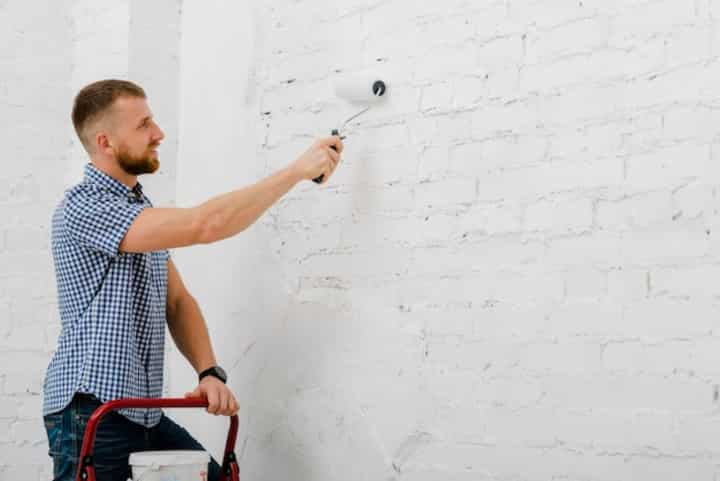
Expert Solutions for Foundation Leak Repair and Slab Leak Detection
Foundation leaks and slab leaks are significant concerns for homeowners, as they can lead to structural damage, increased utility bills, and health issues due to mold growth. Detecting and repairing these leaks promptly is crucial to maintaining the integrity of a home. Understanding the causes, detection methods, and repair solutions is essential for effective management of such issues. This article provides expert solutions for foundation leak repair and slab leak detection, offering insights into best practices and reliable methods.
Understanding Foundation Leaks
Foundation leaks occur when water infiltrates the structure of a building, leading to potential damage. These leaks can result from various factors, including poor drainage systems, faulty plumbing, or natural wear and tear over time. Identifying these leaks early is vital to prevent extensive damage.
Common Causes of Foundation Leaks
- Poor drainage systems that fail to divert water away from the foundation.
- Cracks in the foundation caused by soil movement or settling.
- Improper sealing of the foundation during construction.
- Inadequate waterproofing measures.
Read more about this topic in this comprehensive guide.
Effective Foundation Leak Repair Solutions
Addressing foundation leaks requires a multi-faceted approach, focusing on both immediate repairs and long-term prevention.
Repair Techniques
- **Crack Injection**: Using epoxy or polyurethane foam to seal cracks and prevent water ingress.
- **Exterior Waterproofing**: Applying a waterproof barrier to the exterior foundation walls to prevent moisture penetration.
- **Interior Drainage Systems**: Installing interior drainage systems, such as French drains, to manage water flow effectively.
Explore further insights on waterproofing solutions here.
Slab Leak Detection and Repair
Slab leaks occur when water pipes located below a concrete slab foundation leak. These leaks can be challenging to detect and repair, but early identification is crucial to minimize damage and repair costs.
Signs of Slab Leaks
- Unexplained increase in water bills.
- Wet or damp spots on floors or carpets.
- Sound of running water when all appliances are turned off.
- Cracks in walls or flooring indicating shifting foundations.
Find additional information on slab leak signs here.
Methods for Detecting Slab Leaks
- **Electronic Leak Detection**: Using advanced equipment to listen for the sound of escaping water.
- **Infrared Thermography**: Identifying temperature variations that indicate moisture presence.
- **Pressure Testing**: Checking the pressure levels in water lines to identify leaks.
Learn more in this detailed guide by following this link.
Professional Repair Techniques for Slab Leaks
Once a slab leak is detected, choosing the appropriate repair technique is crucial for effective resolution.
Common Repair Methods
- **Spot Repair**: Excavating a small area to access and repair the specific leak.
- **Re-piping**: Rerouting existing plumbing lines when leaks are extensive or recurrent.
- **Pipe Lining**: Inserting a new lining into the existing pipe to seal leaks without excavation.
Find additional information on these repair techniques here.
Preventive Measures and Maintenance
Implementing preventive measures is key to avoiding future leaks and maintaining structural integrity.
Recommended Practices
- Regularly inspect and maintain drainage systems around the foundation.
- Ensure proper grading of soil to direct water away from the building.
- Schedule routine plumbing inspections to detect potential issues early.
Explore further insights on preventive measures here.
By understanding the causes, detection methods, and repair solutions for foundation and slab leaks, homeowners can effectively manage and mitigate these issues. Regular maintenance and prompt action are crucial to protecting the structural integrity of a home. For more detailed advice and professional services, read more about this topic.